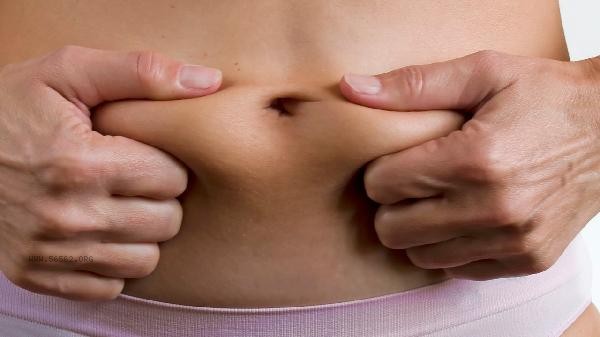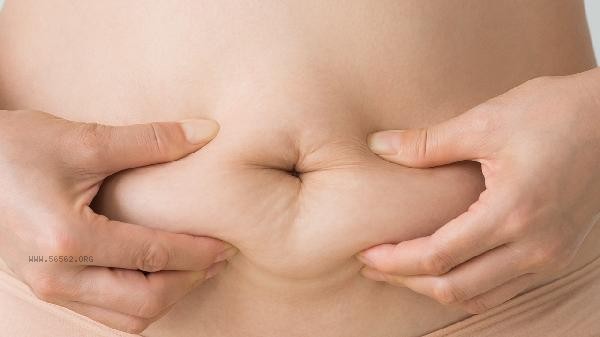Waist and abdominal fat can be reduced through a combination of dietary control, aerobic exercise, strength training, lifestyle adjustments, and local shaping. Weight loss requires systemic involvement, there is no local weight loss, but targeted training can enhance muscle lines.

1. Dietary control
Reduce the intake of refined carbohydrates and added sugars, and increase the ratio of high-quality protein to dietary fiber. Choose whole grains, lean meat, fish, and a large amount of non starchy vegetables to control the daily calorie deficit within a reasonable range. Avoiding high-fat and high salt processed foods and having regular meals can reduce the probability of visceral fat accumulation.
2. Aerobic exercise
Doing aerobic exercises such as jogging, swimming, or skipping rope every week for more than 30 minutes each time can effectively burn fat. Intermittent high-intensity training can increase metabolic rate, but it needs to be done gradually according to physical fitness. During exercise, the whole body fat is consumed synchronously, and the waist and abdomen fat require more sustained exercise due to low metabolic activity.
3. Strength training
Core training such as plank support and Russian rotation can strengthen the transverse and oblique muscles of the abdomen. Compound movements such as squats and hard pulls can activate large muscle groups to burn more calories. An increase in muscle mass can improve basal metabolic rate, and the long-term effect is better than simple aerobic exercise.

4. Habit adjustment
Ensure at least 7 hours of high-quality sleep. Lack of sleep can easily lead to elevated cortisol levels and promote abdominal fat accumulation. Reduce sedentary time, get up and move around every hour, and avoid bad postures such as pelvic tilt that worsen lower abdominal protrusion. Stress management can reduce emotional eating through meditation and other methods.
5. Local shaping
Vacuum abdominal training can enhance the control of the transverse abdominal muscles and improve abdominal relaxation. Medical beauty projects such as cryolipolysis can assist in treating stubborn fat, but they need to be combined with exercise to maintain the effect. External pressure such as waistband cannot reduce the number of fat cells, only temporarily changing their appearance.

Reducing waist and abdominal fat requires persistence for at least three months to show significant results, and short-term extreme dieting may lead to muscle loss. It is recommended to record changes in waist circumference every week instead of simply focusing on weight. Edema before menstruation may cause data fluctuations in women, so there is no need to worry. Postpartum women should wait until their pelvic floor muscles have recovered before engaging in high-intensity core training. Middle aged and elderly individuals should prioritize low impact exercises such as swimming to protect their joints. Before and after all exercises, it is necessary to fully warm up and stretch. If discomfort such as lower back pain occurs, stop immediately and consult a doctor.








Comments (0)
Leave a Comment
No comments yet
Be the first to share your thoughts!